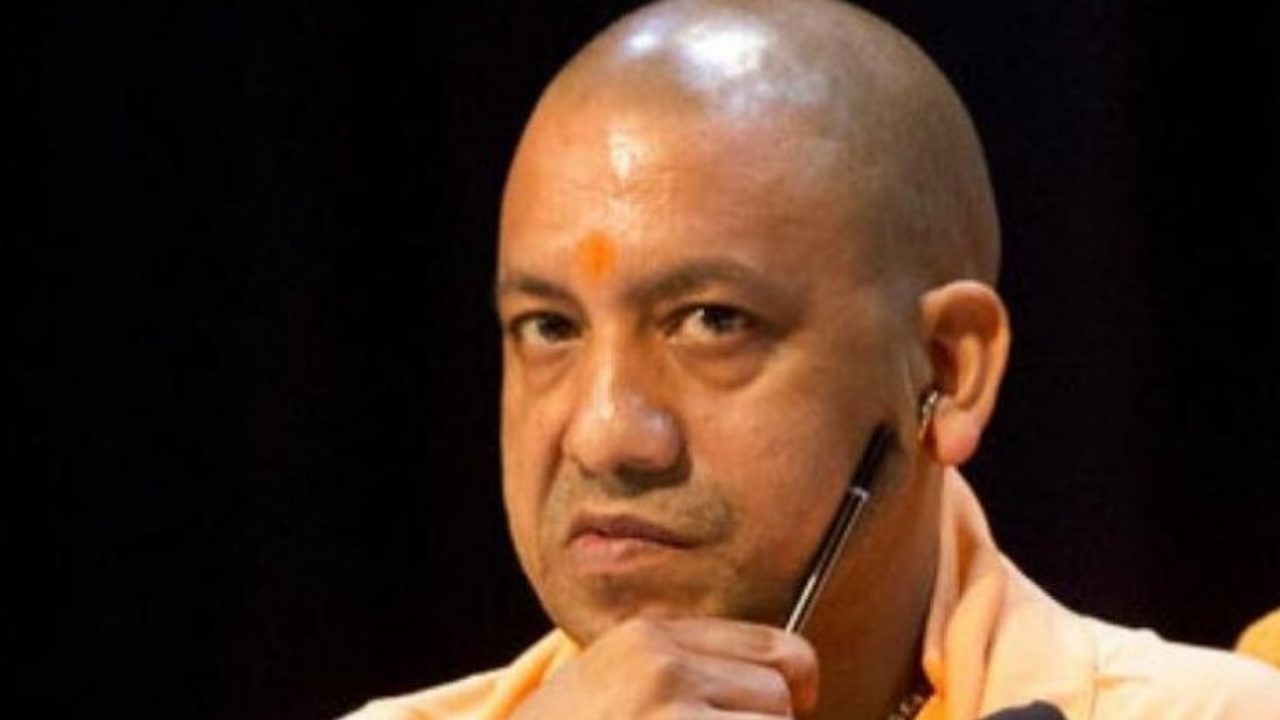India sets sights on replacing minimum wage with living wage by 2025 with the support of the International Labour Organization (ILO), aiming to elevate income levels above current minimum wage standards.

Government’s Initiative and ILO’s Endorsement
The Indian government has set ambitious targets to phase out minimum wages in favor of living wages by 2025, seeking technical assistance from the International Labour Organization (ILO). Officials have engaged with ILO to bolster capacity building, data collection, and economic modeling to showcase the benefits of transitioning to living wages. The concept of living wages, endorsed by ILO, ensures income adequacy to cover basic needs like housing, food, healthcare, education, and clothing, surpassing current minimum wage levels.
In India, where the majority of the workforce operates in the unorganized sector, with daily earnings hovering around `176 or more, the national minimum wage framework has remained stagnant since 2017, lacking uniform enforcement across states. However, the Code on Wages, ratified in 2019 and awaiting implementation, aims to establish a universal wage floor applicable nationwide upon enactment. This transition aligns with India’s commitment to achieving sustainable development goals by 2030 and is viewed as a pivotal strategy to expedite poverty alleviation efforts.
Significance of the Shift and Multidimensional Approach
Labour secretary Sumita Dawra stressed the importance of integrating health, education, and living standards into the calculation of living wages, echoing India’s national poverty assessment framework that employs multidimensional indicators. Dawra emphasized the need for a comprehensive evaluation encompassing economic, social, and demographic factors to determine an equitable living wage standard tailored to the nation’s development trajectory. With over 500 million workers in India’s labor force, the transition to living wages represents a monumental step towards socioeconomic equality and sustainable growth.














